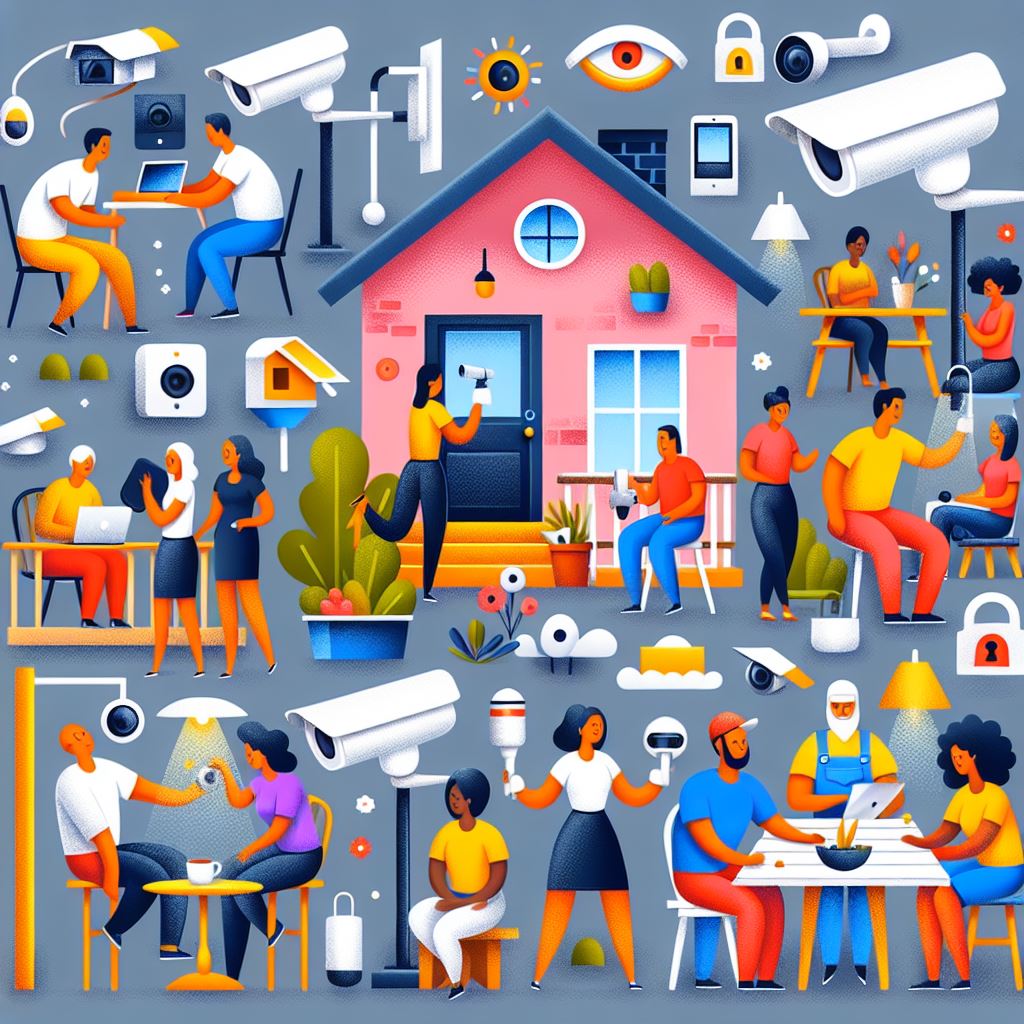Creating a safe community is a multifaceted endeavor that hinges significantly on the role of security. Security, in this context, encompasses a broad range of measures and practices designed to protect individuals, property, and the overall well-being of the community. Let’s delve into the various aspects of security and how they contribute to creating a safe community.
1. Physical Security
Physical security involves measures that protect people and property from physical threats. This includes:
- Surveillance Systems: The installation of CCTV cameras in public spaces deters criminal activities and helps in monitoring and responding to incidents in real-time.
- Lighting: Well-lit streets and public areas reduce the likelihood of crimes such as theft and assault.
- Security Personnel: The presence of trained security guards in residential areas, schools, and commercial establishments provides a sense of safety and can quickly address any security breaches.
2. Community Policing
Community policing is a strategy that emphasizes building ties and working closely with community members. It involves:
- Engagement: Police officers engage with community members to understand their concerns and work collaboratively to address them.
- Visibility: Regular patrolling and a visible police presence deter criminal activities and enhance the community’s trust in law enforcement.
- Education: Police conduct workshops and seminars to educate the community about safety practices and crime prevention.
3. Cybersecurity
In today’s digital age, cybersecurity is crucial for protecting personal information and maintaining the integrity of community services. Key aspects include:
- Awareness Programs: Educating community members about online threats such as phishing, malware, and identity theft.
- Secure Networks: Ensuring that community networks, especially those used by public services, are secure and protected against cyber-attacks.
- Incident Response: Having a robust plan in place to respond to cybersecurity incidents swiftly to minimize damage.
4. Emergency Preparedness
Emergency preparedness involves planning and preparing for potential emergencies, such as natural disasters, fires, or medical emergencies. This includes:
- Training: Conducting regular drills and training sessions for community members on how to respond to different types of emergencies.
- Resources: Ensuring that there are adequate resources such as first aid kits, fire extinguishers, and emergency shelters available.
- Communication: Establishing clear communication channels to disseminate information quickly during an emergency.
5. Social Cohesion
Social cohesion plays a vital role in creating a safe community. When community members know and trust each other, they are more likely to look out for one another. This can be fostered through:
- Community Events: Organizing events such as neighborhood watch meetings, block parties, and cultural festivals to bring people together.
- Support Networks: Creating support networks for vulnerable groups such as the elderly, children, and those with disabilities.
- Conflict Resolution: Implementing programs that teach conflict resolution skills to help community members resolve disputes amicably.
6. Environmental Design
Crime Prevention Through Environmental Design (CPTED) is a strategy that uses urban and architectural design to reduce crime. This includes:
- Natural Surveillance: Designing spaces in a way that maximizes visibility, such as placing windows overlooking streets and parks.
- Access Control: Using barriers, gates, and security checkpoints to control who can enter certain areas.
- Maintenance: Keeping public spaces clean and well-maintained to signal that the area is cared for and monitored.
7. Legislation and Policy
Effective legislation and policy are essential for creating a framework that supports security measures. This involves:
- Laws: Enacting laws that deter criminal activities and protect the rights of community members.
- Regulations: Implementing regulations that ensure businesses and public services adhere to safety standards.
- Enforcement: Ensuring that laws and regulations are enforced consistently and fairly.
Conclusion
The role of security in creating a safe community is comprehensive and multifaceted. It requires the collaboration of law enforcement, community members, policymakers, and various other stakeholders. By integrating physical security measures, community policing, cybersecurity, emergency preparedness, social cohesion, environmental design, and effective legislation, communities can create an environment where individuals feel safe and protected. This, in turn, fosters a sense of well-being and enhances the quality of life for all community members.





